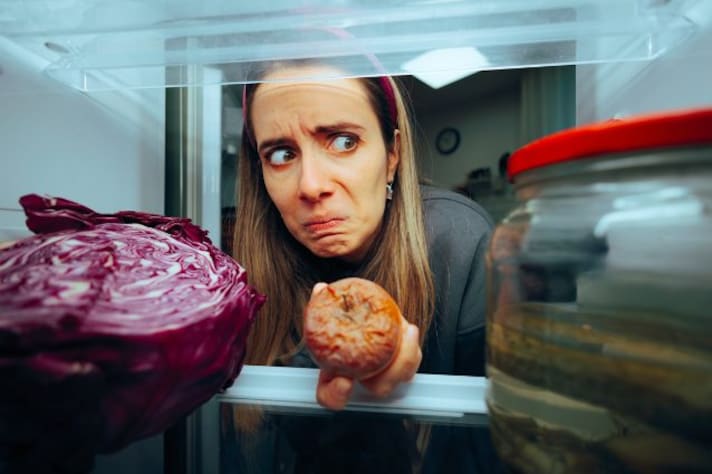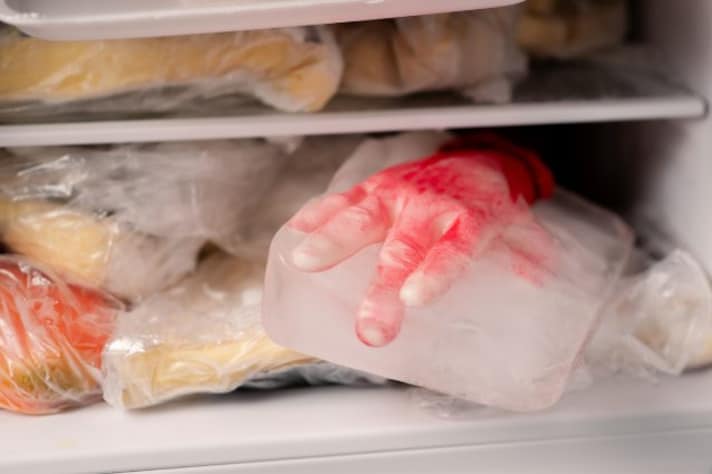What The Heck is a Haunted Refrigerator?
A “haunted refrigerator” playfully refers to a fridge filled with forgotten leftovers and expired foods, lurking like culinary ghosts. This quirky tradition, especially popular around Halloween, combines humor and a reminder to reduce food waste. Some even make it a “haunted fridge challenge,” using spooky leftovers to create new meals.

The term “haunted refrigerator” might sound like something straight out of a horror movie, but in reality, it’s a quirky, humorous tradition that’s crept into many households. Picture this: you reach into the fridge and stumble upon a mysterious container—one you vaguely remember but can’t quite place. Or maybe you find an ancient jar of sauce that’s taken on a life of its own.
A haunted refrigerator isn’t an actual ghost-ridden appliance, but a term lovingly applied to a fridge filled with forgotten leftovers, expired condiments, and unidentifiable food items that have been lurking in the dark corners of the fridge far too long. It’s a playful take on the kitchen clean-out, with a Halloween twist. But how did this idea start, and why has it become such a phenomenon?
A Chilling Case of Forgotten Food
The haunted refrigerator tradition likely began as a humorous way to address the common issue of neglected food. It’s an all-too-relatable scenario: containers filled with leftovers get pushed to the back of the fridge, where they remain undisturbed until months later, when their new “fuzzy” appearances beg the question of when they last saw daylight. Over time, this buildup can give the fridge an ominous feel, hence the term “haunted.” It’s both a call for a good cleaning and a reminder of the eerie transformation food undergoes when left to its own devices. What was once a vibrant salad or a savory soup becomes something you’d rather not identify—and that’s the spooky magic of the haunted fridge.

The Evolution of a Quirky Tradition
Over the years, the haunted refrigerator concept evolved into a light-hearted tradition. Around Halloween, some people even stage their refrigerators as part of the holiday’s spooky decor. A quick glance on social media reveals posts of “haunted” fridges complete with labels like “Beware!” or “Enter if you dare,” poking fun at their own expired or dubious items. For some, this tradition becomes an opportunity to create spooky backstories for each questionable item, transforming leftovers into “the mysterious stew” or “the salad that wouldn’t die.” It’s a way to bring a little Halloween humor into the kitchen, making fridge clean-outs less of a chore and more of a quirky ritual.

Embracing the Ghosts of Leftovers Past
At its core, the haunted refrigerator tradition is a gentle nudge toward sustainable practices, reminding us to waste less and use up what we have. Rather than letting food slowly creep to the back of the shelves, it encourages us to remember and respect what’s in our fridge. Some food enthusiasts even take it a step further, transforming fridge clean-out day into a cooking challenge. The “haunted fridge challenge” asks home cooks to create a meal from whatever is lurking in the back—bringing new life to forgotten ingredients, Halloween-style. It’s a culinary adventure and a way to reduce waste, all while keeping with the spooky spirit of the season.
;Resize,width=767;)
;Resize,width=712;)


